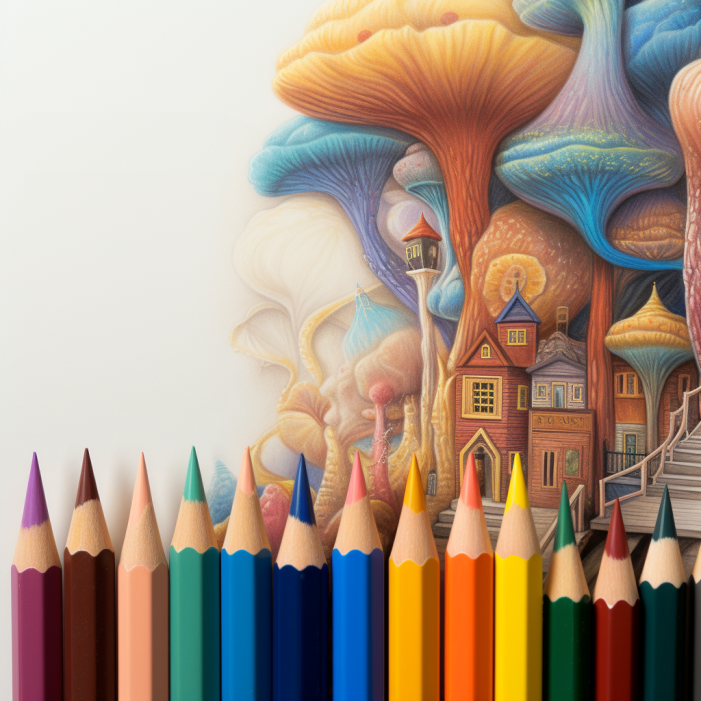You can find colored pencils in two forms: oil based or wax-based. We will be working with wax-based pencils. Traditional colored pencils, like the ones used here, are also not water-soluble. (Water-soluble colored pencils, or watercolor pencils, are very different, and utilize different techniques.) Use good quality wax- based colored pencils you will be disappointed with the results if you choose lower quality student grade colored pencils.

The differences between a student grade and a professional grade colored pencil include factors such as the following:
Color selection. Professional grade pencils have a wide range of different hues and values, whereas student grade pencils will only offer a limited selection.
Wax bloom. Wax bloom is a light white haze that appears on wax-based colored pencil drawings over time as the wax medium rises to the surface. Even quality wax-based pencils will have some wax bloom over time. Remove wax bloom by wiping it with soft cotton wool, making sure you do not remove or move any of the pigment. Spray the surface of a finished piece with a workable fixative to prevent wax bloom.

Light fastness. How long a drawing lasts without fading is very important to col- ored pencil artists. Light fastness depends on the pigment quality and amount of pigment in the lead. Good quality pencils have good light fastness.
Point strength. Softer pencils with poor point strength are creamier and easier to blend, but tend to break easily when being sharpened or when dropped. Good point strength in pencils makes it more difficult to shade and color large areas, but lets the pencils stand up to vigorous sharpening and rougher treatment. Seek a middle ground point strength that offers the best of both worlds.
Irojiten Colored Pencils

The techniques which I recommend is Irojiten colored pencils, , though you can use other high quality pencils. Irojiten colored pencils are premium, professional quality pencils. Irojiten is Japanese for color dictionary. They come in 10-pencil boxes that are labeled by volumes in the Tombow dictionary of color, and each set contains three volumes. The pencils have end caps that match the color of the pencil, and each pencil is labeled with the color name and number. The pencil number is one of the most logical numbering systems in the art world and is perfect for beginners who have the problem of choosing what colors to use. The pencil lead has a nice point strength, which results in less work to fill in color fields. It also keeps a sharp point longer for fine texturing. The durable lead and glued-in core also means no breakage in electric pencil sharpeners. The colors have a consistent finish, are excellent for blending, and don’t muddy.

